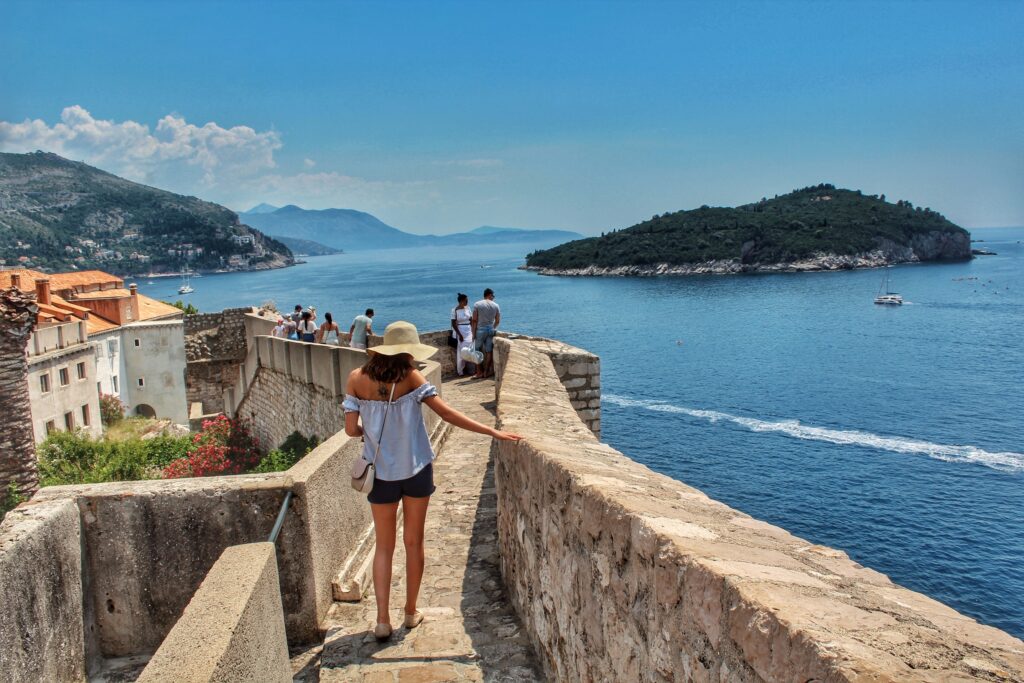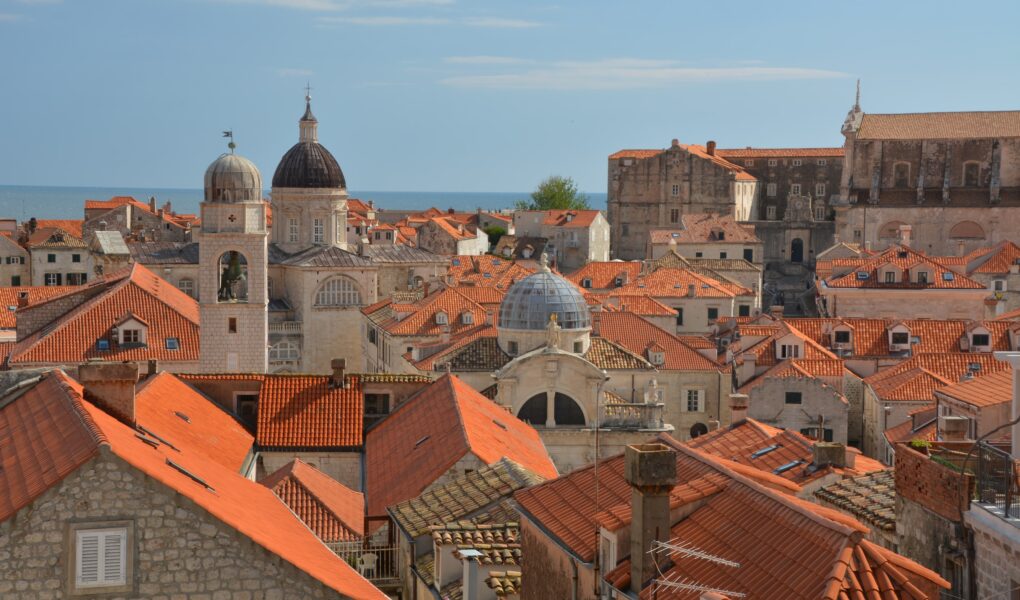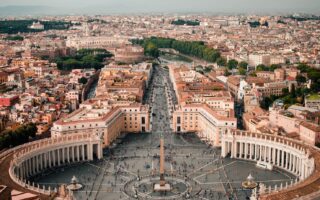What to See in Dubrovnik’s Historic Old Town
Situated at the very southeastern end of the Croatian coast, Dubrovnik, known as the ‘Pearl of the Adriatic’ thanks to the poet Lord Byron, has become one of the most popular places to visit in the Mediterranean. The Old Town is especially renown for its wide variety of historical attractions.
The city has been influenced by many regional powers over the centuries; the Romans, the Byzantines, the Habsburgs and the Ottomans have all left their mark. Much of the architecture in the Old Town is from the Gothic and Renaissance periods, but after a terrible earthquake in 1667, some buildings were rebuilt in the Baroque style. Sadly during the fighting in the early 1990s, much of the Old City was again damaged. Repairs to this UNESCO World Heritage Site were completed towards the end of the 1990s when peace returned. As recently as a decade ago, a basilica from the Byzantine era was uncovered by archaeologists in the city, bringing forth a renewed interest in its early past.
Many of its great medieval buildings can be viewed within the walled Old Town. The stone walls which surround this part of Dubrovnik are impressive in depth and height. The Minĉeta Tower, one of many around the walled city dates from the 15th century and is seen standing guard over in the northwestern corner. Although not part of the wall, to the northeast the 16th-century Revelin Fort can be found with the Ploče Gate and its tower. To the west, the large towered Pile Gate was the main entrance to the city and is certainly one of the Old Town’s defining features.

The large stone fort of Bokar can be found on the cliffs, looking over the streets below. It was built in the Renaissance era by the Italian architect Michelozzo Michelozzi. Directly west, the mighty fortress of Lovrijenac, which once held Dubrovnik’s cache of gold, can be seen prominently surveying a swath of the Adriatic.
The Stradun, Dubrovnik’s grand cobbled main street, is situated stretching across the center of the Old Town, from west to east. Many historical places of interest can be found along its limestone path. They include the elegant Franciscan Monastery, the16th-century Sponza Palace and the Churches of the St Saviour and St Blaise, the city’s patron saint.
Onofrio della Cava’s remarkable Large Fountain, designed in the 15th century, can be found on the Stradun. This is one of two fountains designed by the Italian architect in the town, this being the bigger. It required refurbishment after it sustained damage during the Siege of the early 1990s. Onofrio’s much smaller fountain is located off the eastern end of the Stradun, beside the Rector’s Palace.
The imposing Rector’s Palace can be found in the northeastern part of the Old Town. Plenty of intriguing sights are held within, such as a variety of statutes, special rooms and paintings of some the city’s most notable personalities. The majestic atrium and the uniquely stylised Rector’s stairway are certainly two of the Palace’s most splendid features.
One of the better ways to survey the Old Town is by taking a cable car to the summit of Mt Srđ, where you will view the sea glistening beside many of the old buildings with their terracotta roofs – recognised in the celebrated television series Game of Thrones.
This city today has a population of over 40,000 and is highly popular with tourists eager to view its many historic sights while relaxing in its many cafés and restaurants. Along with several renown art galleries and museums, these attractions are just some of the spectacular places to visit the city. Dubrovnik’s wealth of historical and architectural displays have given it recognition as one of the most worthwhile destinations for any tour of the region.



